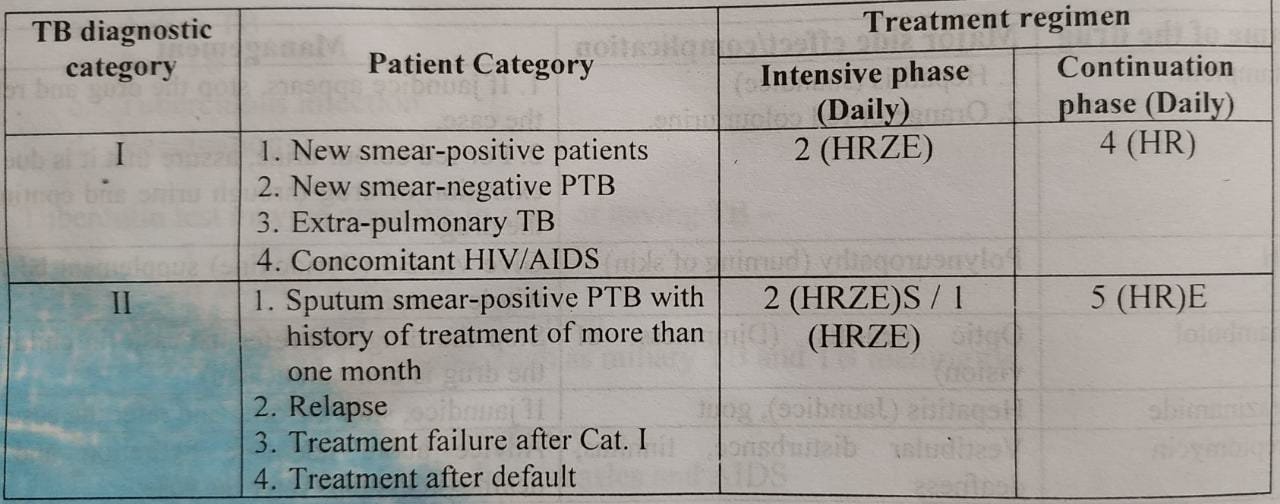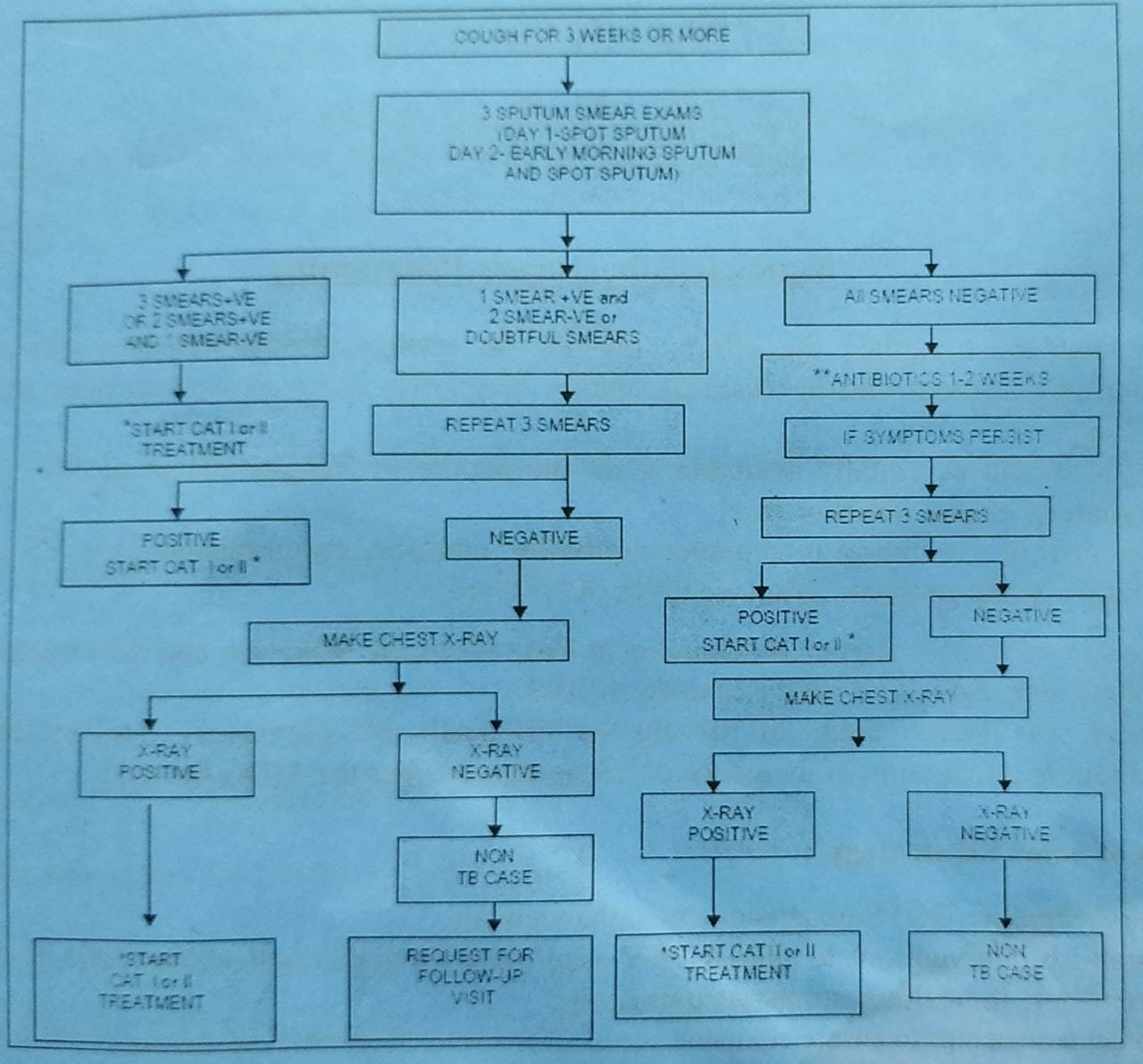Today is our topic of discussion DOTS therapy
DOTS therapy
Definition:
Directly Observed Treatment Short-course (DOTS) therapy means that a supervisor or health care worker watches the client swallowing the medication for all doses over the course of treatment.
Advantage of DOTS therapy:
Treatment related:
- Produces cure rates of up to 95 percent.
- Prevent new infections by curing infectious patients. ad id
- Prevent the development of MDR-TB by ensuring the full course of treatment.
- It is cost-effective of all health interventions.
Patient related:
- Better for non-compliant persons
- Easy for homeless persons SEO
- Better for alcoholics, drug abuser
- It is cheaper
- Daily intake is not necessary (twice/week)
Site of sputum examination and treatment at free of cost:
- Upazila Health Complexes
- Clinics for Chest Diseases
- NGO clinics
- Medical College Hospitals
- Urban Health Centers
Indication for referral:
- Symptoms not improve after first 2 months of treatment.
- Symptoms worsen after initial improvement.
Treatment regimen for diagnostic category (Adults)

[Following information not necessary for written exam, but SACMO’s should have idea]
[Microscopy is performed after Ziehl-Neelsen staining on three sputum specimens, as follows:
- “On-the-spot” specimen: the first specimen is collected on the spot when a patient is identified as a pulmonary TB suspect (Spot-I specimen)
- Early morning specimen: the patient is given a sputum container to collect the second specimen, at home on the following morning (Early Morning Specimen)
- A second “on-the-spot” specimen: the third specimen is collected when the patient returns to the health facility with the early morning specimen (Spot-II specimen)
- This test is done for consecutive three days. Patient is provided three or two containers from the respective TB centers for collection of early morning sputum. Ziehl-Neelsen staining of the sputum is done to detect tubercle bacilli.

The responsible MO/SACMO/ laboratory technologist should give clear instruction to the patient on how to collect the sputum: in the open air and as far as possible away from other people. If the patient attends a centre where microscopy facilities are available, he/she should either be instructed to bring the specimens to the responsible MO/SACMO or directly to the laboratory.
If the patient attends a centre without microscopy facility, the responsible staff should ensure that the three sputum specimens are brought within five days after collection to the microscopy centre]
Flow chart for diagnosis and follow up of pulmonary TB

See also :
